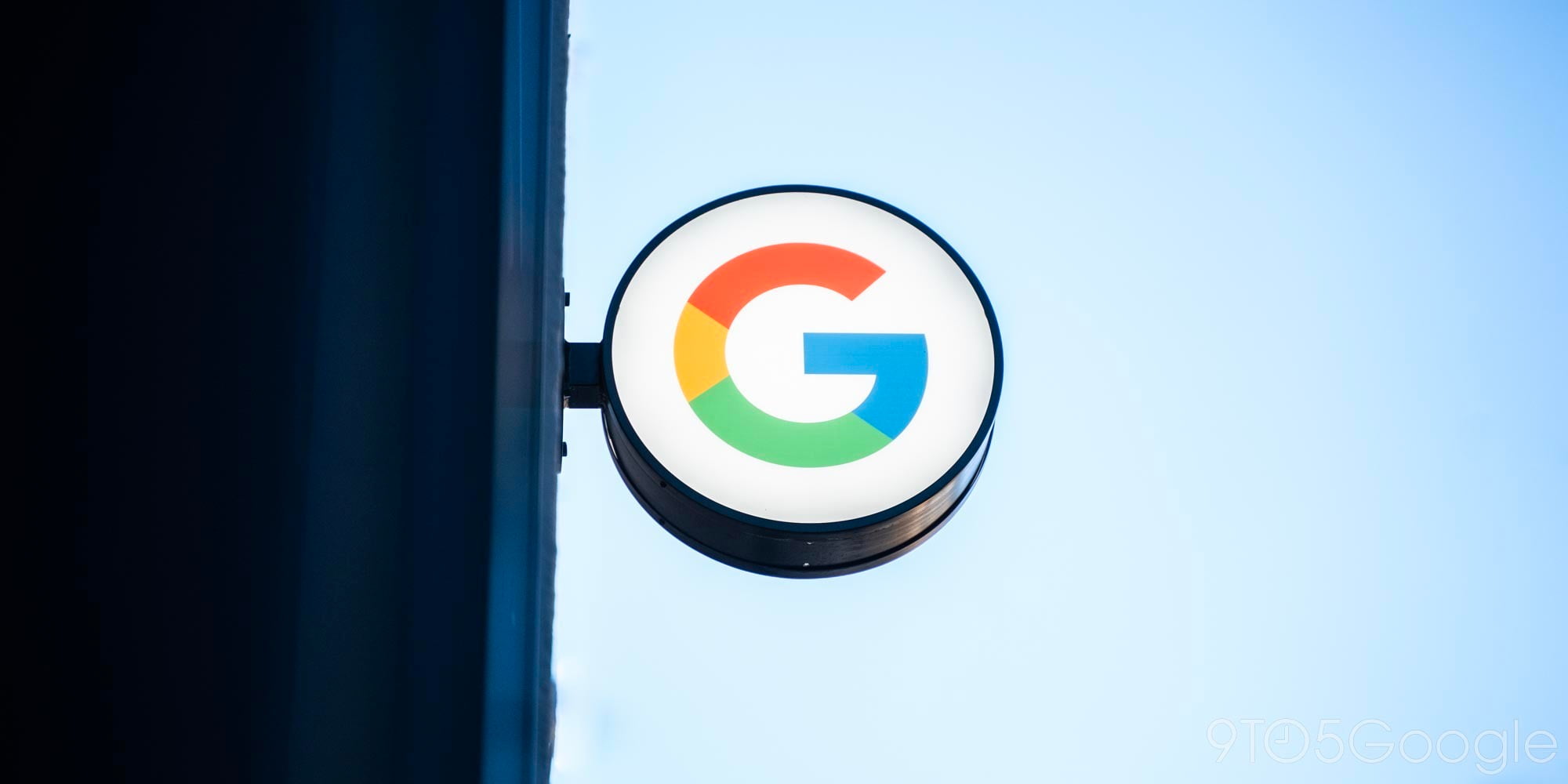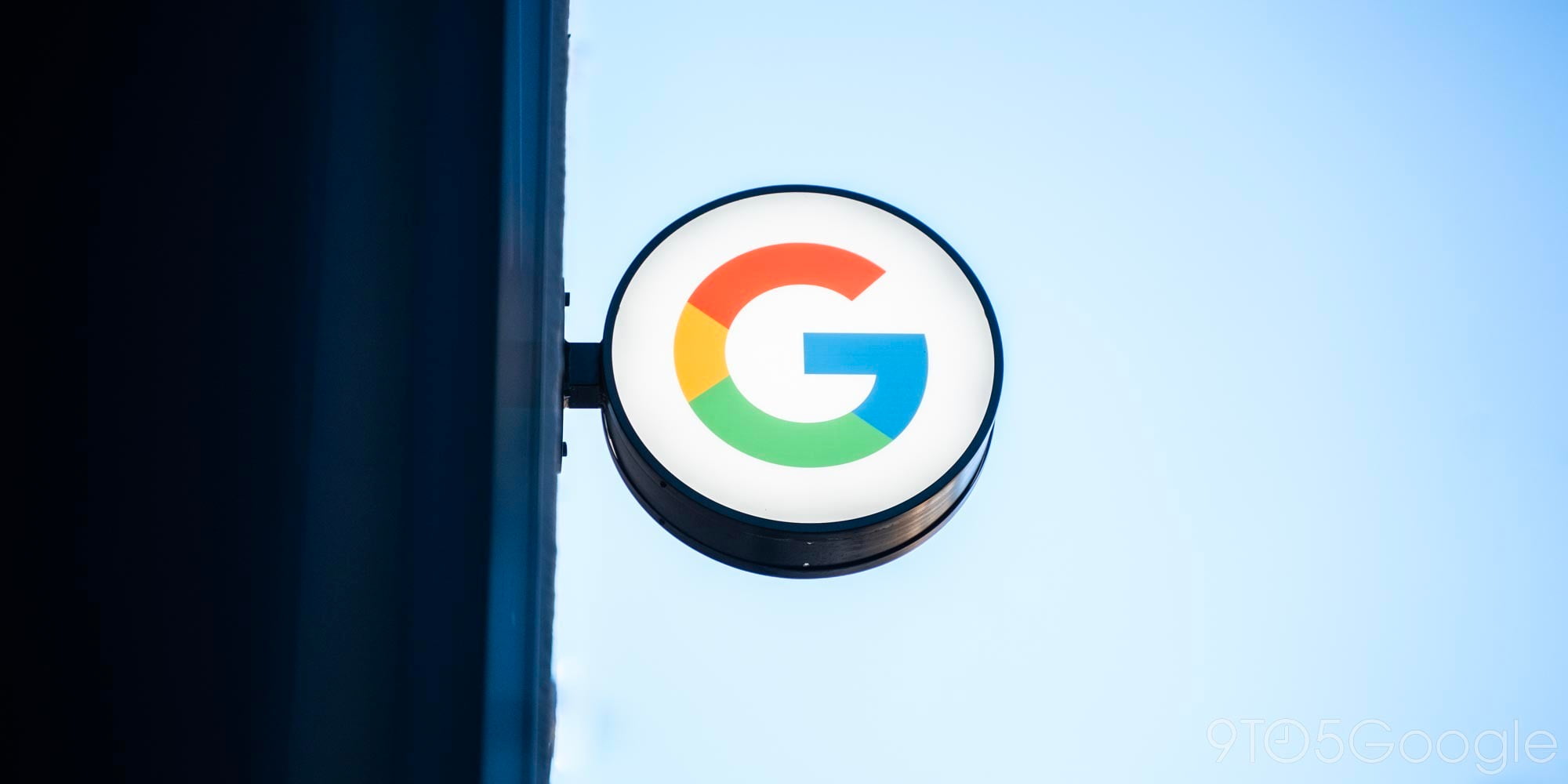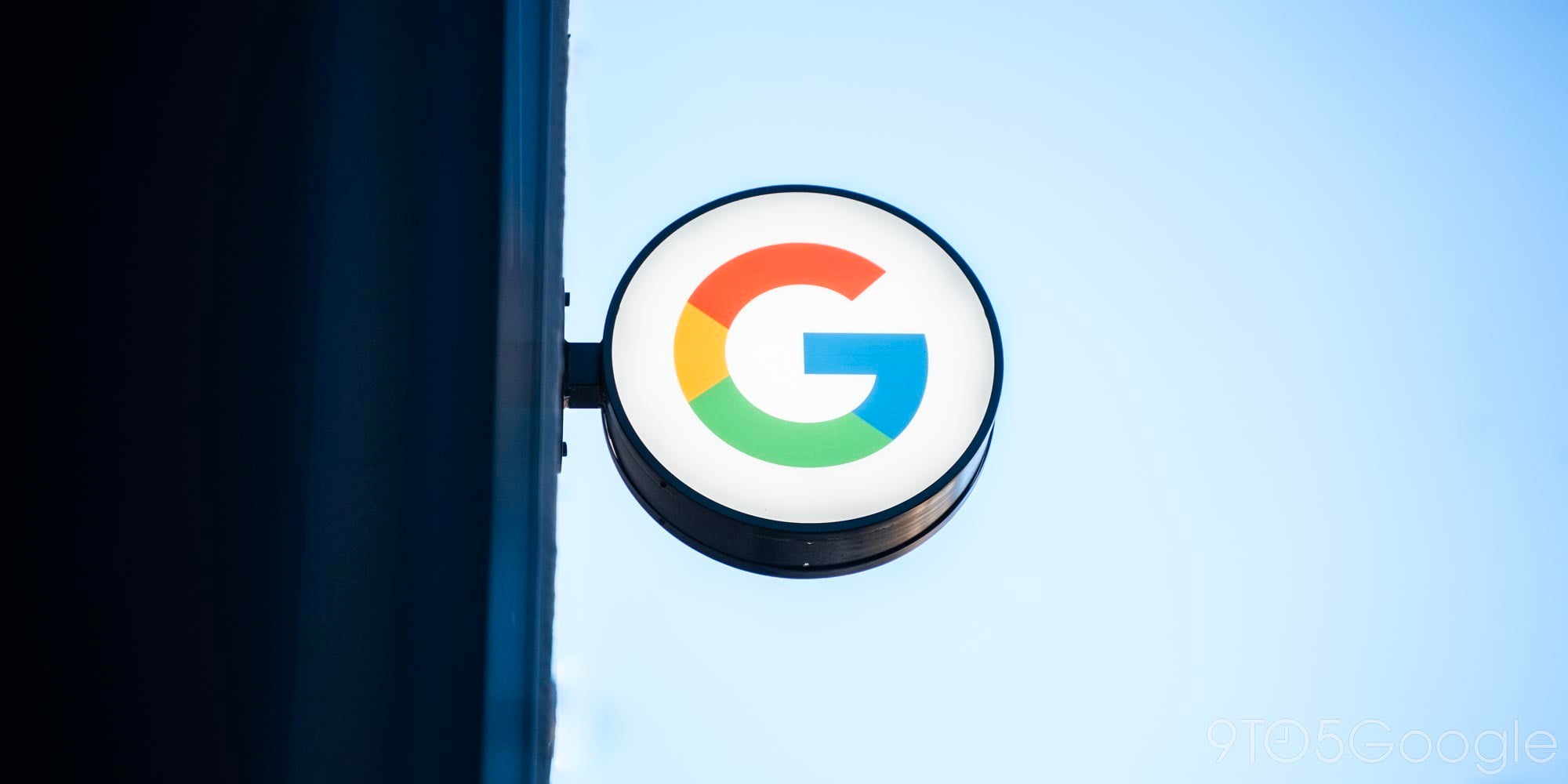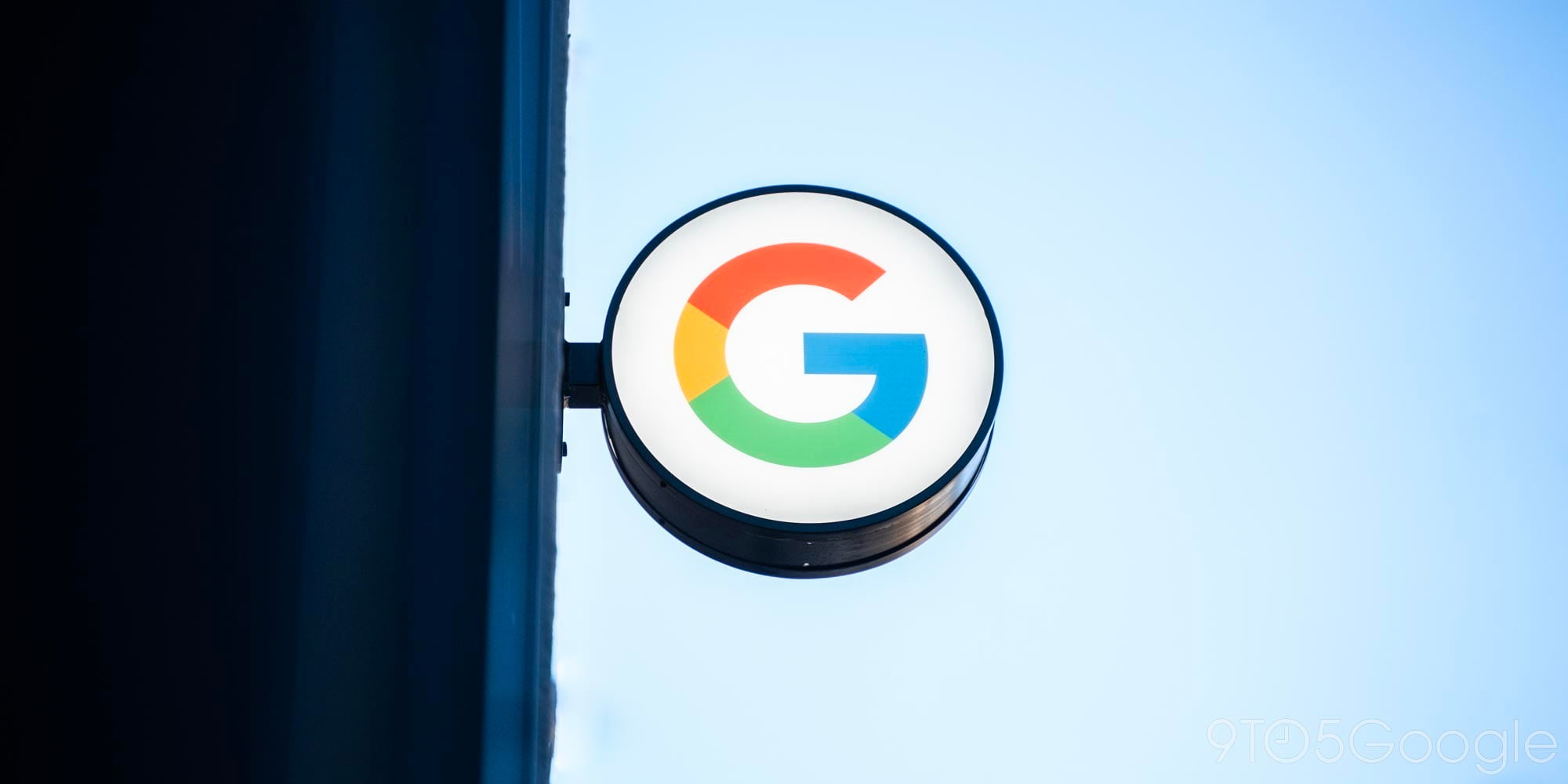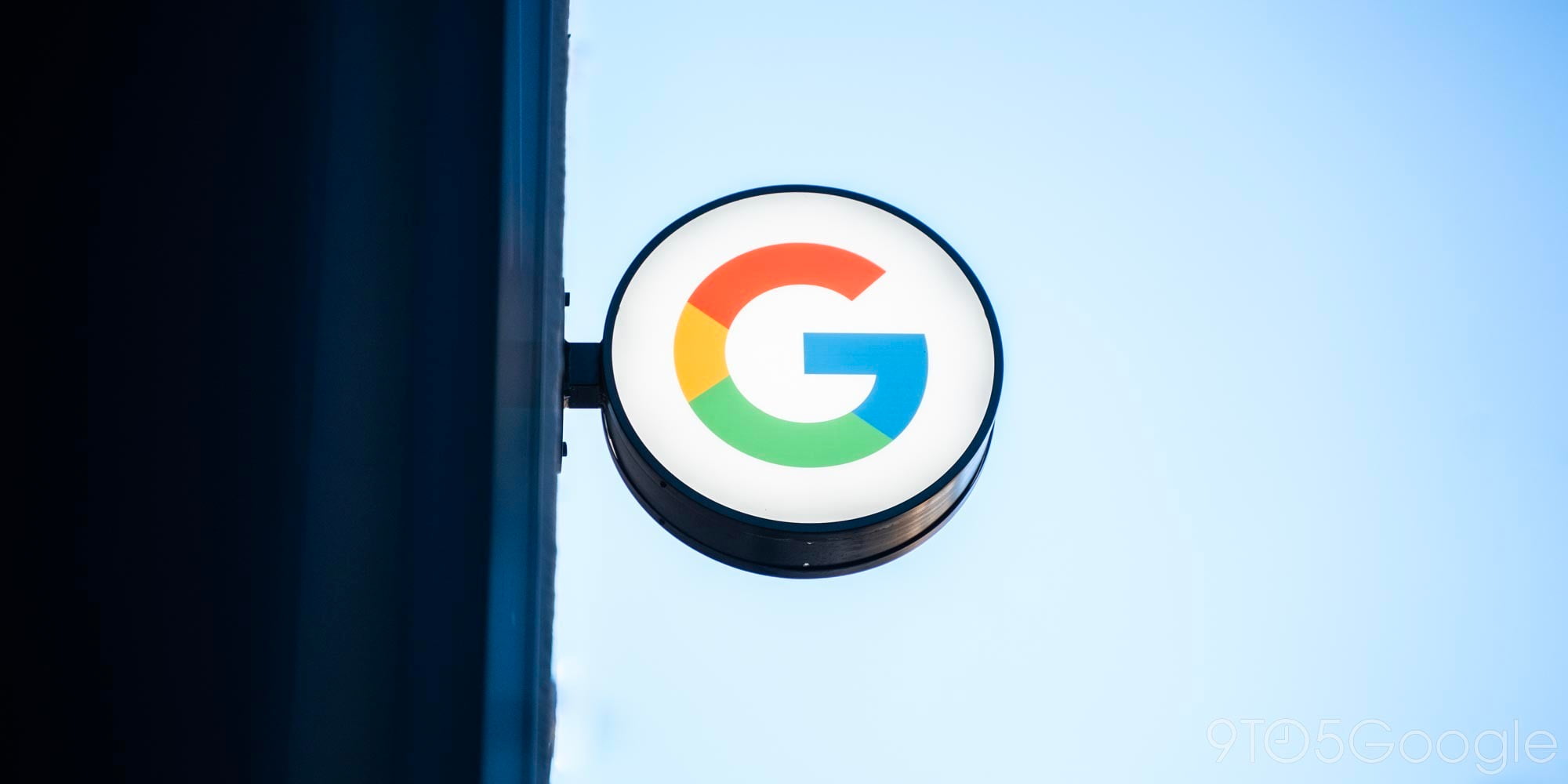
Watch live streams of the 2012 London Paralympics on YouTube
[youtube=http://www.youtube.com/watch?v=C9VWge-Q_08&feature=player_profilepage]
YouTube just announced to the world that it is live streaming the 2012 London Summer Paralympics.
The news comes roughly 48 hours after the games actually began, however. Better late than never I guess. Over 500 hours of live content and 1,000 hours of on-demand and behind-the-scenes footage will run until the Paralympics end Sept. 9, according to the YouTube Global Blog:
Whether your favorite sport is powerlifting, sitting volleyball or wheelchair basketball, you can catch all the action on the International Paralympic Committee’s YouTube channel at youtube.com/paralympicsporttv. The channel will feature 500 hours of live competitions accompanied by a real-time commenting feature for viewers in the United States and Canada. Additionally, others around the world have access to over 1000 hours of on-demand catch-up footage of current and previous games, interviews with Paralympic athletes and other behind-the-scenes footage.
The Paralympic Games is the second-largest international multi-sport event for physically disabled athletes. Folks can also watch original game content on YouTube by the United States Olympic Committee at youtube.com/teamusa.
YouTube also partnered with NBC earlier this summer to broadcast the 2012 London Summer Olympics online.


